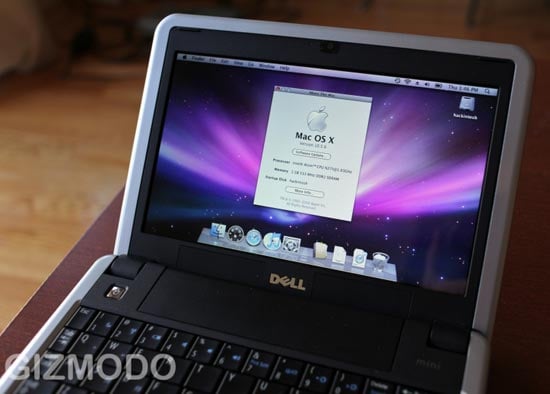Boot From Usb Mac Mini

- Hi faiz, can I use a memory card or dvd instead of Pendrive to boot mac. Mukhtar Jafari Post author August 15, 2017 at 6:34 PM Reply. Are you want to install macOS via Memory Card? AV July 14, 2017 at 12:57 AM Reply. UPDATE: I redid the USB boot then used the OPTIONboot worked! Faiz Orz July 14, 2017 at 4:27 PM.
- How to boot a M1 Mac Mini 2020 into DFU mode to restore macOS – Image: Apple Inc. Disconnect the power cord from the Mac Mini. Plug USB-C/Thunderbolt cable into the USB-C port next to the ethernet port. Plug the other end into the Host Mac. While holding down the power button, connect the Mac Mini to power and continue to hold the.
- Creating a MemTest86 bootable USB Flash drive in Linux/Mac Download the current Memtest86 package as a Zip file from this page. Inside the Zip there is a 'disk image' file. For the free edition of MemTest86, this file is called, memtest86-usb.img; Insert a USB flash drive into a USB slot.
- Mac Pro: 2013 or newer; Note: Macs require an Intel-based CPU to run Windows 10. Second, for some Macs, the process requires an external USB drive with up to 16GB of storage (these are our favorites).
Which Bootcamp-Support-Software version should i choose for my Mac mini 2011? Apple recommends Boot Camp-Support-Software 5.1.5621 for mac mini 2011 but it seems to be for Win 7 and 8.1, also it is from 2014. There are newer versions like Boot Camp-Support-Software 5.1.5722.
Boot From Usb On Mac Mini 2014
Creating a MemTest86 bootable USB Flash drive in Linux/Mac
Boot From Usb Mac Mini 2011
- Download the current Memtest86 package as a Zip file from this page.
- Unzip the file. Inside the Zip there is a 'disk image' file. For the free edition of MemTest86, this file is called, memtest86-usb.img
- Insert a USB flash drive into a USB slot. It needs to be at least 512MB in size.
Warning: The contents will be overwritten in the next steps. - Determine which device the USB drive is assigned as by opening the Terminal and typing the following command. Don't get this wrong as you don't want to overwrite the wrong drive.
diskutil list
- Unmount all volumes on the USB drive by typing the following command:
diskutil unmountDisk <device_name>
In the example above the device name is /dev/disk2 - As the root user, use the 'dd' command to write the image to the USB drive. For example,
sudo dd if=<input_file> of=<device_name> bs=4m
Note: For Ubuntu, the bs=4M must be capitalised.
where:
<device_name> is the device the USB key is assigned to. Use the base device (ie. /dev/disk2) not a partition designation (ie. /dev/disk2s1). bs= block size of data transfer. Larger block sizes are faster.
<input_file> is the file path for the input image file. (E.g: ~/Downloads/memtest86-usb.img)
Warning: all data on the USB key will be lost.
3rd warning! Make sure that the device used in the dd command above is correct. The consequence of picking the wrong drive are potentially disastrous. Total and compete data loss from your hard drive, if you overwrite the wrong drive. - When finished, Reboot your On a Mac, you need to hold down the ALT / Option key on the Mac keyboard while powering on the machine to boot from USB.
On newer Macs from 2019(*) with the Apple T2 Security Chip, you may need to change the SecureBoot settings for MemTest86 to boot. Please see the following page for instructions: https://support.apple.com/en-us/HT208330
(*) These Mac computers have the Apple T2 Security Chip:- iMac introduced in 2020
- iMac Pro
- Mac Pro introduced in 2019
- Mac Mini introduced in 2018
- MacBook Air introduced in 2018 or later
- MacBook Pro introduced in 2018 or later
Allow booting from external drives and allow booting from non-apple software:
